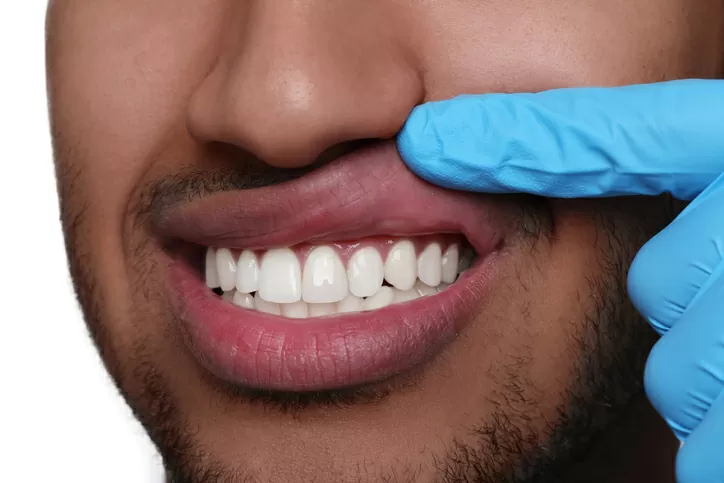Gum treatments are a fundamental part of maintaining oral health, especially since gum disease is a leading cause of tooth loss in adults. Healthy gums provide the foundation for strong teeth, but when problems arise, timely treatment can prevent serious complications. Here’s more information on different approaches to gum treatments for long-term oral health:
Common Gum Problems
Gum disease starts when bacteria build up along your gum line. This bacterial buildup forms a sticky film called plaque that irritates your gums and causes inflammation. If you don’t remove plaque regularly through brushing and flossing, it hardens into tartar that only dental professionals can remove.
Gingivitis is the mildest form of gum disease. Your gums become red, swollen, and may bleed when you brush your teeth. Most people with gingivitis don’t experience pain, which is why many don’t realize they have it. When gingivitis goes untreated, it can progress to periodontitis. This condition creates pockets between your teeth and gums, and these pockets collect more bacteria. Without gum treatments, periodontitis often leads to tooth loss and has a negative impact on your overall health.
Non-Surgical Gum Treatments
Deep cleaning, also known as scaling and root planing, is often the initial treatment for gum disease. During scaling, your dental professional removes plaque and tartar from above and below your gum line. Root planing smooths the tooth roots to help your gums reattach to your teeth. This two-part process usually requires local anesthesia to keep you comfortable.
Laser therapy offers a gentler approach to treating gum disease. The laser targets and removes infected tissue, leaving healthy tissue intact. This treatment causes less bleeding and swelling than traditional methods.
Antibiotics can help control bacterial infections in your gums. Your dentist may prescribe antibiotic pills or place antibiotic fibers directly into the infected pockets around your teeth. These medications work in conjunction with other treatments to reduce harmful bacteria and promote healing.
Surgical Gum Treatments
Flap surgery becomes necessary when non-surgical treatments don’t work well enough. During this procedure, your periodontist makes small cuts in your gums to lift them back and remove tartar from deep pockets. Bone grafting helps rebuild bone that gum disease has destroyed. Your surgeon places small pieces of your own bone, donated bone, or artificial bone in areas where bone loss has occurred. Over time, these grafts help your body grow new bone to better support your teeth.
Soft tissue grafts address problems with receding gums. Your periodontist takes tissue from the roof of your mouth or uses donor tissue to cover exposed tooth roots. This procedure helps protect your roots from decay and reduces tooth sensitivity. It also improves the appearance of your smile.
Schedule Your Gum Treatment Appointment
Gum treatments work best when started early, before problems become severe. Non-surgical approaches like deep cleaning and laser therapy can often reverse early gum disease and prevent tooth loss. More advanced cases may need surgical procedures to restore your gum and bone health. Contact a qualified periodontics specialist near you today to schedule your gum treatment and discuss your options.


